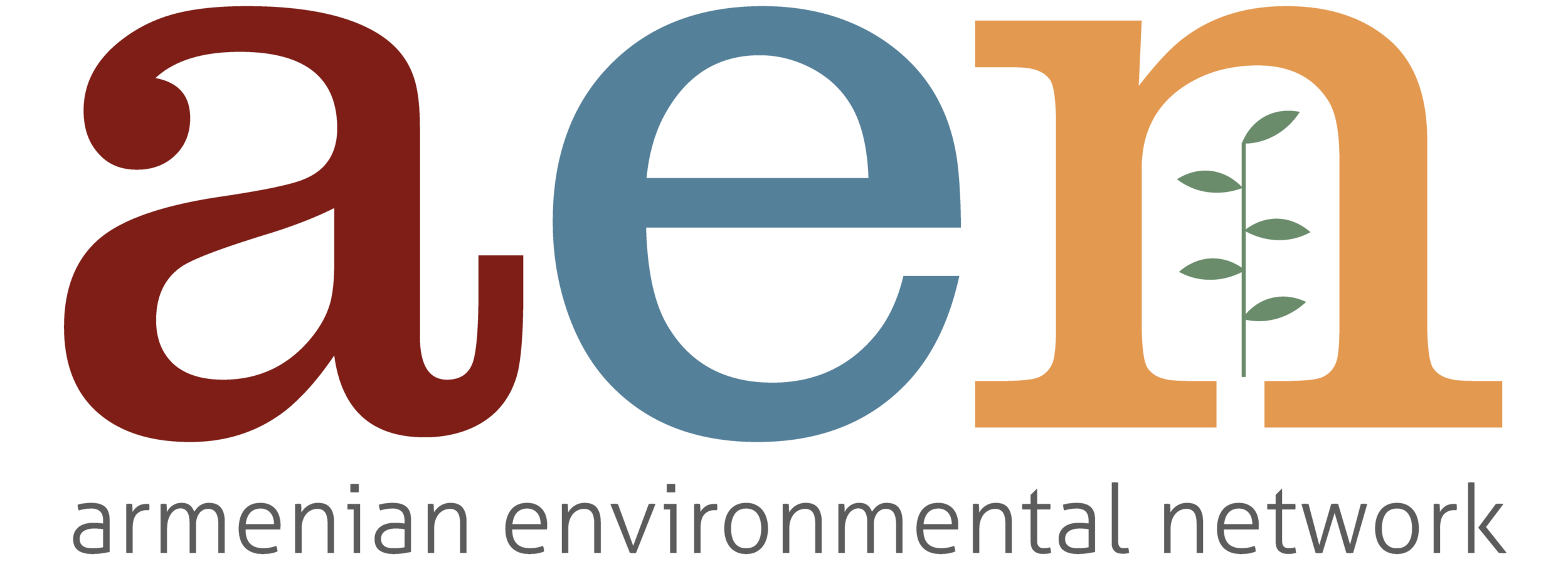Privatize the Profits and Socialize the Costs
On November 30, a conference was held at the American University of Armenia (AUA) entitled, “Mining and Socio-Economic Development: Armenia’s Choices”. The conference was a huge success if for no other reason than it was actually held and conducted. Seminars, hosted by AUA, discussing topics as controversial as mining have been few and far between. Kudos to Alen Amirkhanian for pulling this off as this was long overdue. There were as many as one hundred people in attendance during the day, including a Ministry official and a smattering of mining company employees.
AUA president Bruce Boghossian gave the opening address, followed by the keynote address by Dr. Saleem Ali. Dr. Ali is Professor of Environmental Studies at the University of Vermont’s Rubenstein School of Environment and Natural Resources and the founding Director of the Institute for Environmental Diplomacy and Security at UVM’s James Jeffords Center for Policy Research. Dr. Ali was followed by the three panels; “Can Mining Play a Key Role in Armenia’s Economic Growth?”, “Mining and Armenia’s Environmental and Public Health: Impact and Mitigation”, and “RA Legal and Institutional Framework on Mining: Does it foster Armenia’s socio-economic development?. At the root of all discussions was the question, “why privatize the profits and socialize the costs?”
Dr. Ali, framed the objectives of the conference in his presentation. His recurrent focus was on the “distribution of wealth” in countries in which mining is touted as an economic priority. He issued a stern warning that unless great care and planning are taken, mining can have a detrimental effect if mining revenues are not distributed equitably. His belief is that Armenia has all the potential to create a model where mining is not predatory in nature and can benefit the citizens of the country. He stopped just short of criticizing the current Armenian “model” but his suggestions left little doubt that Armenia is losing (has lost) its way. (For an explanation of this model visit our Issues section on “Mining”. For a concise overview of the mining industry visit Policy Forum Armenia’s 2010 “State of Armenia’s Environment” report.) Dr. Ali’s most profound comment was that the current price of minerals should not drive all decisions related to mining. Other factors, including impacts on environment, public health, and the long term consequences should also figure in decisions. His suggestion was to slow the pace of exploitation of mineral resources in Armenia until these impacts could be thoroughly studied and discussed.
The single most interesting comment was provided by Alexandre Grigoryan, an economist at AUA, who discussed mining and the economic benefits to the populace in Armenia. His conclusion was, with the exception of Syunik marz, that “mining increases poverty”. An analysis of this statement would reveal that Dr. Ali’s warnings concerning the “mal-distribution of wealth from mining revenues” are a reality in Armenia. Grigoryan further stated that the situation is worse in crisis periods as mining companies fully exploit their monopolistic powers and hire the cheapest labor possible.
There were additional presentations of note with Q & A sessions that followed. I would have liked more time for the Q & A but overall I was satisfied with the opportunities afforded the audience. It would be my hope that this conference was the first of many conferences on mining sponsored by AUA. As a research institution, AUA is in a unique position to explore and analyze the economic, public health and social welfare issues related to mining. Maybe AUA can provide some answers to the question, “why privatize profits and socialize the costs?”, as this is currently the situation in Armenia.

